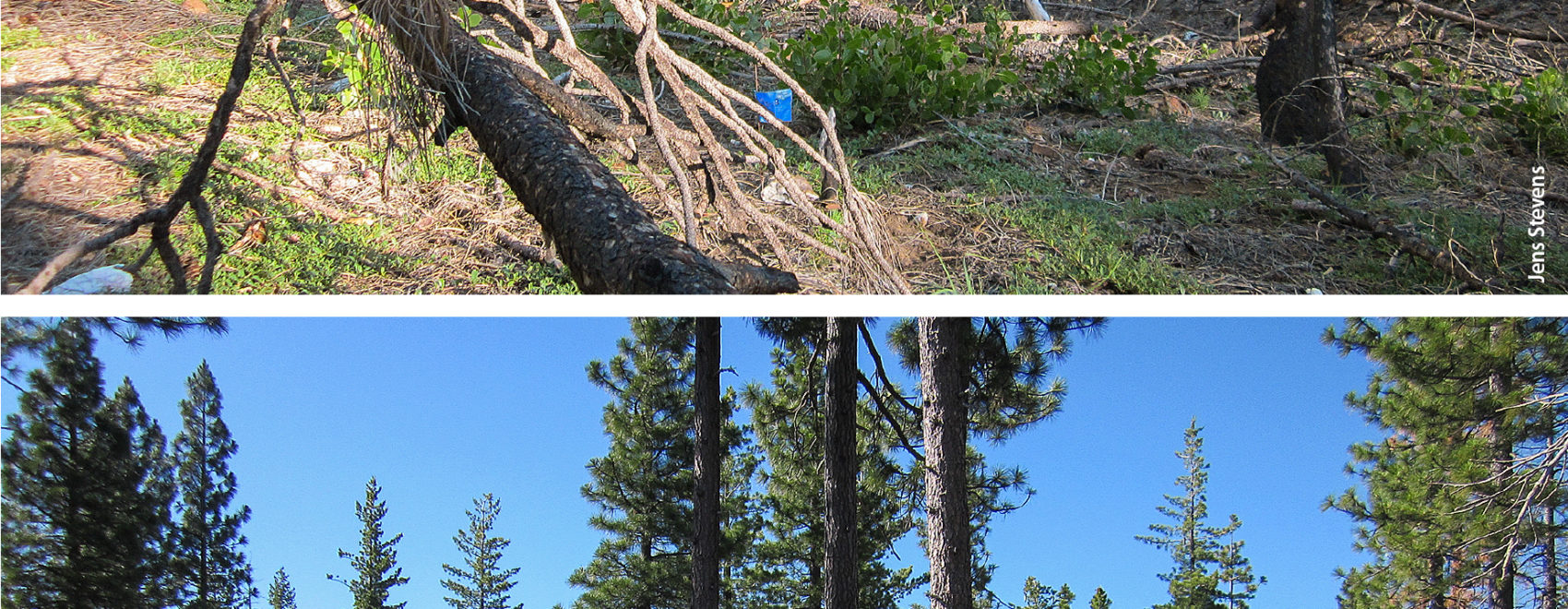A century of fire exclusion in dry forests across the United States has resulted in high fuel loads and increasing dominance by fire-intolerant vegetation. Federal, state, and private agencies have adopted a goal of managing forests to reduce the risk of high-severity wildfire. Forest managers use a variety of tools to create desired conditions within forests; the most common are prescribed fire and mechanical thinning. These two treatments may be used separately or in combination, depending on restoration goals for the forest stand. Before these treatments can be applied, managers must justify their choice by documenting the effects of the treatment on other ecosystem components, such as understory vegetation. Understory vegetation in fire-dominated landscapes often has adapted to regrowing in frequent, low-severity fire regimes. Because fire releases nutrients and, by opening the canopy, allows light to the forest floor, the understory response is positive (e.g., increased growth or reproduction).
Image Source: ucanr.edu

